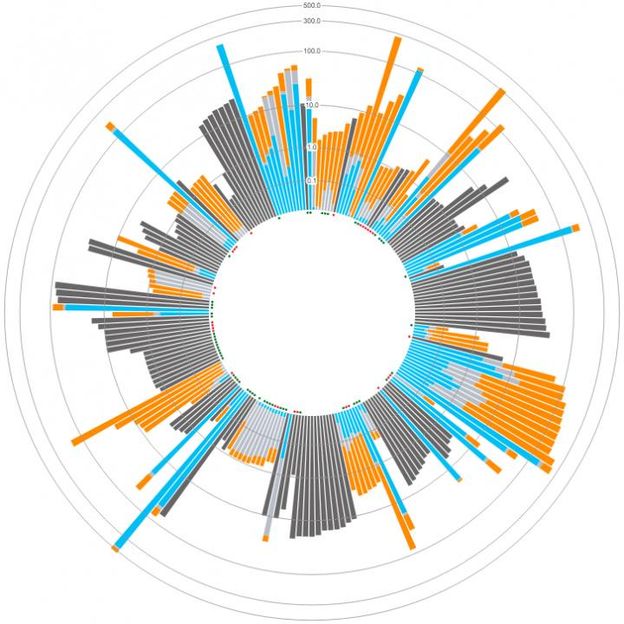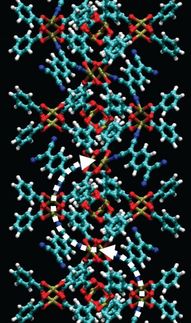Nylon as a building block for transparent electronic devices?
Scientists at the Max Planck Institute for Polymer Research (MPI-P) led by Dr. Kamal Asadi have solved a four decade long challenge of producing very thin nylon films that can be used for instance in electronic memory components. The thin nylon films are several 100 times thinner than human hair and could thus be attractive for applications in bendable electronic devices or for electronics in clothing.
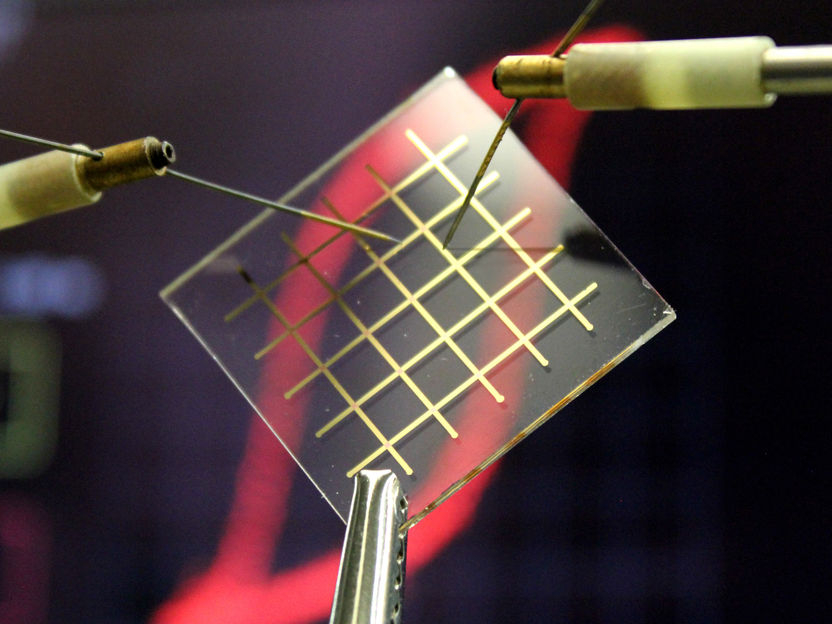
Transparent nylon could be an important building block for the development of transparent electronic circuits in the future.
© MPI-P
As the microelectronic industry is now shifting toward wearable electronic gadgets and electronic (e-)textiles, the comprising electronic materials, such as ferroelectrics, should be integrated with our clothes. Nylons, a family of synthetic polymers, were first introduced in the 1920s’ for women’s stockings and are nowadays among the most widely used synthetic fibers in textiles. They consist of a long chain of repeated molecular units, i.e. polymers, where each repeat unit contains a specific arrangement of hydrogen, oxygen, and nitrogen with carbon atoms.
Besides the use in textiles, it was discovered that some nylons also exhibit so called “ferroelectric properties”. This means that positive and negative electric charges can be separated and this state can be maintained. The ferroelectric materials are used in sensors, actuators, memories and energy harvesting devices. The advantage in using polymers is that they can be liquified using adequate solvents and therefore processed from solution at low cost to form flexible thin-films which are suitable for electronic devices such as capacitors, transistors and diodes. This makes ferroelectric polymers a viable choice for integration with e-textiles. Although nylon polymers have found over the years significant commercial applications in fabrics and fibers, their application in electronic devices was hindered because it was impossible to create high quality thin films of ferroelectric nylons by solution processing.
Scientists at the MPI-P, in collaboration with researchers from the Johannes Gutenberg University of Mainz and Lodz University of Technology, have now solved this forty year old problem, and developed a method to fabricate ferroelectric nylon thin-film capacitors by dissolving nylon in a mixture of trifluoroacetic acid and acetone and solidifying it again in vacuum. They were able to realize thin nylon films that are typically only a few 100 nanometers thick, several 100 times thinner than human hair. “Using this method, we have produced extremely smooth thin-films. This is very important because it prevents electrical break down of for example capacitors and destroying the electronic circuits. At the same time, the smoothness allows for having transparent thin-films and eventually transparent electronic devices," says Dr. Kamal Asadi, group leader at the MPI-P.
By using their newly developed method, the group around Kamal Asadi was able to produce high performance nylon capacitors. The scientists subjected the prototypes of the capacitors to extended stress cycles and demonstrated robustness of ferroelectric nylons under millions of operation cycles. The thin nylon films could become an important component for use in flexible electronics in the future and find applications in bendable electronic devices or for electronics in clothing. These new findings pave the way towards multi-functional fabrics that serve as cloth for covering our body and at the same time can generate electricity from our body movement.
Original publication
Saleem Anwar, Daniel Pinkal, Wojciech Zajaczkowski, Philipp von Tiedemann, Hamed Sharifi Dehsari, Manasvi Kumar, Thomas Lenz, Ulrike Kemmer-Jonas, Wojciech Pisula, Manfred Wagner, Robert Graf, Holger Frey, Kamal Asadi; "Solution-processed transparent ferroelectric nylon thin films"; Science Advances; 2019
Most read news
Original publication
Saleem Anwar, Daniel Pinkal, Wojciech Zajaczkowski, Philipp von Tiedemann, Hamed Sharifi Dehsari, Manasvi Kumar, Thomas Lenz, Ulrike Kemmer-Jonas, Wojciech Pisula, Manfred Wagner, Robert Graf, Holger Frey, Kamal Asadi; "Solution-processed transparent ferroelectric nylon thin films"; Science Advances; 2019
Topics
Organizations
Other news from the department science
These products might interest you

Eclipse by Wyatt Technology
FFF-MALS system for separation and characterization of macromolecules and nanoparticles
The latest and most innovative FFF system designed for highest usability, robustness and data quality

Spinsolve Benchtop NMR by Magritek
Spinsolve Benchtop NMR
Spinsolve is a revolutionary multinuclear NMR spectrometer that provides the best performance
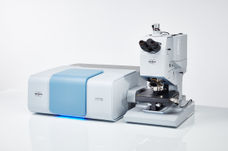
HYPERION II by Bruker
FT-IR and IR laser imaging (QCL) microscope for research and development
Analyze macroscopic samples with microscopic resolution (5 µm) in seconds

Get the chemical industry in your inbox
By submitting this form you agree that LUMITOS AG will send you the newsletter(s) selected above by email. Your data will not be passed on to third parties. Your data will be stored and processed in accordance with our data protection regulations. LUMITOS may contact you by email for the purpose of advertising or market and opinion surveys. You can revoke your consent at any time without giving reasons to LUMITOS AG, Ernst-Augustin-Str. 2, 12489 Berlin, Germany or by e-mail at revoke@lumitos.com with effect for the future. In addition, each email contains a link to unsubscribe from the corresponding newsletter.
Most read news
More news from our other portals
Last viewed contents
Hypericin
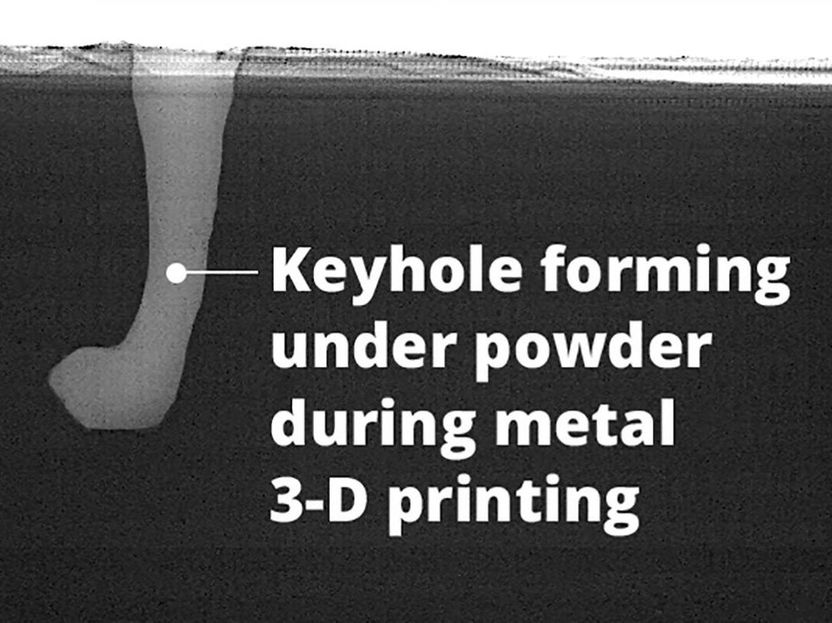
Causes for defects in 3D printing - Paving way for better results
Unique material could unlock new functionality in semiconductors - New ferroelectric material can be manipulated using light in previously impossible ways
Diphosphines

Micromeritics Ltd - Hexton, United Kingdom
Rubber_Elasticity
